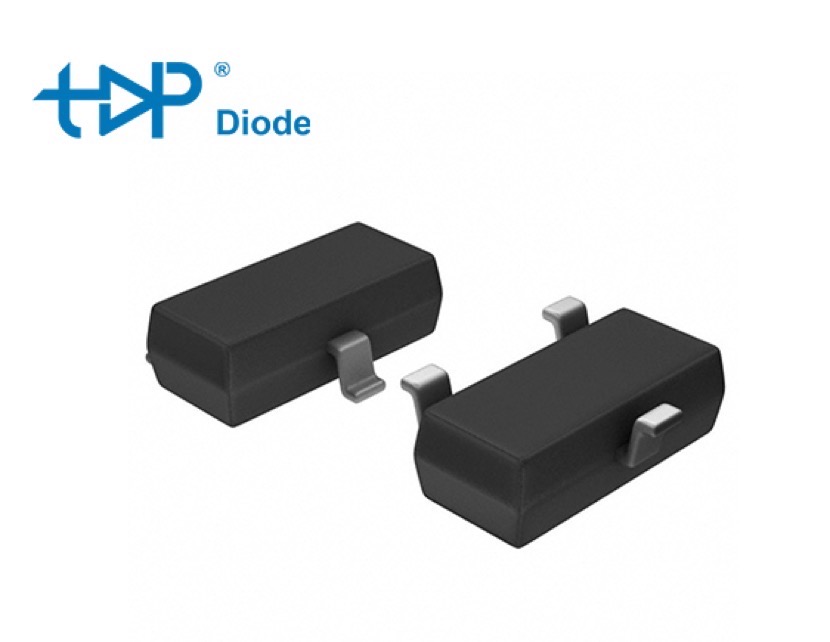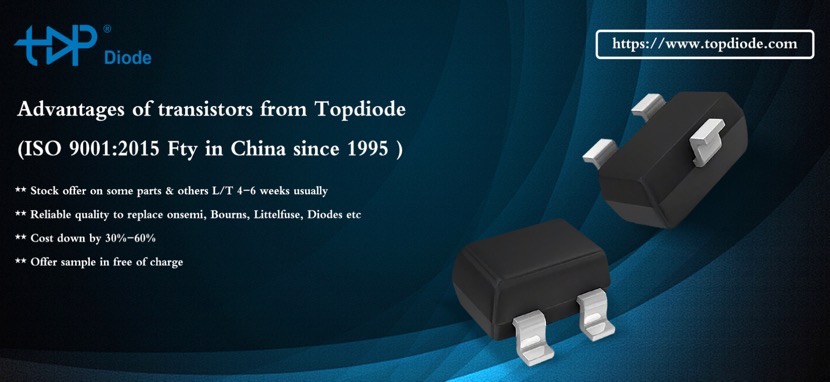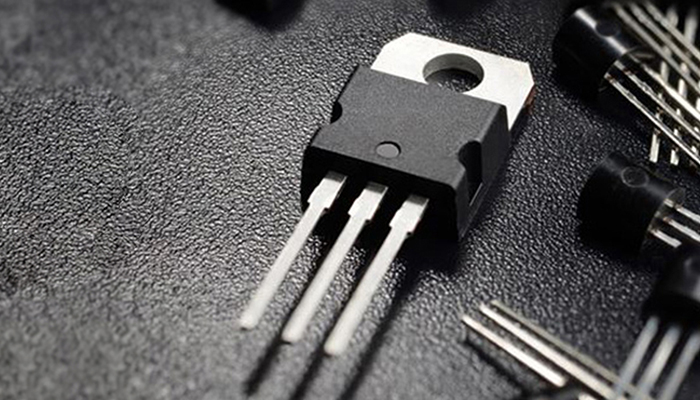The origin of the Transistor
The transistor is a semiconductor device that revolutionized the field of electronics and paved the way for the development of modern electronic devices, such as computers, mobile phones, and televisions. The invention of the transistor is considered one of the most important scientific breakthroughs of the 20th century.
In 1947, William Shockley, Walter Brattain, and John Bardeen, researchers at Bell Labs in Murray Hill, New Jersey, developed the first transistor. The invention was a result of their efforts to develop a solid-state replacement for the bulky and fragile vacuum tubes that were widely used in electronic devices at the time.
The transistor was created by sandwiching a thin layer of semiconductor material, such as germanium or silicon, between two metal contacts. By applying a voltage to the metal contacts, the transistor could control the flow of current through the semiconductor layer. The ability to control the flow of current made the transistor a powerful tool for amplifying and switching electronic signals.
The invention of the transistor had several notable events and impacts
On December 23, 1947, Bell Labs publicly announced the invention of the transistor, leading to widespread recognition of its potential impact on the field of electronics.
In the 1950s and 1960s, the use of transistors in electronic devices, such as radios, televisions, and computers, rapidly increased due to their smaller size, lower power consumption, and higher reliability compared to vacuum tubes.
In 1956, the first transistorized computer, the TX-0, was built at the Massachusetts Institute of Technology (MIT), marking a significant milestone in the development of modern computing.
The development of the transistor led to the creation of the integrated circuit, which allowed for the mass production of transistors and other electronic components on a single chip. This paved the way for the development of microprocessors and other complex electronic devices.
The invention of the transistor was awarded the Nobel Prize in Physics in 1956, recognizing its significant impact on the field of electronics.

How the Integrated Circuit happened
An integrated circuit (IC) is a semiconductor device that combines multiple transistors and other electronic components onto a single silicon chip. This integration allows for creating complex electronic circuits that are smaller, faster, and more efficient than discrete electronic components.
The development of the integrated circuit is credited to Jack Kilby and Robert Noyce, who independently invented the technology in 1958. Kilby, a researcher at Texas Instruments, created the first working IC by fabricating several transistors and other components on a single piece of germanium. Noyce, a co-founder of Fairchild Semiconductor and later Intel, developed a similar technology using silicon.
The invention of the integrated circuit had several notable impacts on the field of electronics
Integrating multiple transistors and other components onto a single chip reduced the size and weight of electronic devices and increased their reliability.
The mass production of integrated circuits allowed for the creation of complex electronic circuits at a lower cost than discrete electronic components.
The invention of the microprocessor, a complex integrated circuit that contains millions of transistors and other components, revolutionized the field of computing and paved the way for the development of personal computers and other modern electronic devices.
As the number of transistors on a single integrated circuit has increased, their size has decreased. This trend, known as Moore’s law, was first observed by Gordon Moore, co-founder of Intel, in 1965. Moore’s Law states that the number of transistors on a single chip doubles approximately every 18 to 24 months, while the cost per transistor decreases.
The increasing number of transistors on a single chip has allowed for the creation of more powerful and energy-efficient electronic devices, but it has also presented several challenges. One of the main challenges is the heat generated by the high-density packing of transistors, which can affect the performance and reliability of the device. To address this issue, researchers have developed new materials and designs to improve heat dissipation and reduce power consumption.
Another challenge is the difficulty of fabricating and aligning a large number of transistors on a single chip. The process of creating integrated circuits involves a complex series of steps, including photolithography, etching, and doping, that require precise control and highly specialized equipment. As the size of transistors has decreased, the process of fabricating integrated circuits has become increasingly complex and costly.
Conclusion
The transistor and the integrated circuit have been critical components in the development of quantum computing, which relies on qubits to perform calculations. Integrated circuits provide a platform for the fabrication and control of large numbers of qubits on a single chip, which is essential for scaling up quantum computing systems. As researchers continue to make progress in the development of quantum computing systems, the use of integrated circuits is likely to play an increasingly important role in this field.
Topdiode produces high-quality Transistor for crossover, we have replacements for Nexperia, Diodes, SEMTECH & On-semi, please check below:
| Topdiode PN | Package | Cross to Brand | Pin to Pin Cross to P/N |
| BC8456DE~BC8458DB | SOT-563 | Nexperia | BC847BVN |
| MPSA42U | SOT-89 | Diodes | DXTA42 |
| MMBT2222A | SOT-23 | Diodes | MMBT2222A |
| MMBT2907 | SOT-23 | On-Semi | MMBT2907 |
| MMBT3904 | SOT-23 | Diodes | MMBT3904 |
| MMBT7002 | SOT-23 | SEMTECH | MMBT7002 |
| MMBT8050 | SOT-23 | SEMTECH | MMBT8050 |
| BC817-BC818 | SOT-23 | Nexperia | BC817 series |
If you want to explore more component,
please visit our website:https://www.topdiodes.com
Or send inquiry to : Luna@topdiode.com




